
Suburban Nation
The Rise of Sprawl and the Decline of the American Dream
Recommendation
Think of a typical suburb, and you’ll conjure images of congested traffic, tacky convenience stores and unattractive strip malls. This development pattern is suburban sprawl. Sprawl strictly segregates offices, homes, shopping centers and schools. Even simple errands require a car. Authors and urban planners Andres Duany and Elizabeth Plater-Zyberk decry sprawl as a costly, inefficient and deeply unsatisfying way to live. Heavy traffic in boomtowns like Atlanta, Orlando, and Phoenix demonstrates sprawl’s detrimental effects on the quality of life. The alternative is traditional neighborhood development, such as in San Francisco and Boston, where it’s possible to walk to stores and take mass transit to work. This cogent, if strident, manifesto against sprawl includes both the ugly truth and the beautiful alternative. getAbstract.com recommends this book to executives and anyone else interested in the future and well being of the suburban neighborhoods that house their businesses and their families.
Summary
About the Authors
Andres Duany and Elizabeth Plater-Zyberk head Duany Plater-Zyberk & Co., a Miami-based firm that has designed more than 200 neighborhoods and communities. Its best-known creations are Seaside, Florida, and Kentlands, Maryland. Plater-Zyberk is dean of the School of Architecture at the University of Miami. Jeff Speck is director of town planning at Duany Plater-Zyberk. He is a former investment banker and art historian.









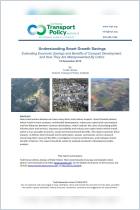
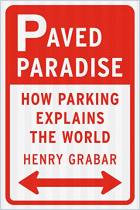
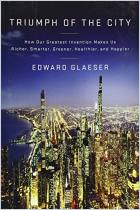
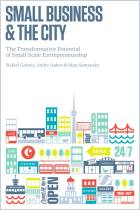

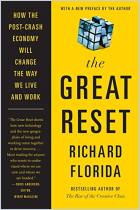



Comment on this summary or 开始讨论